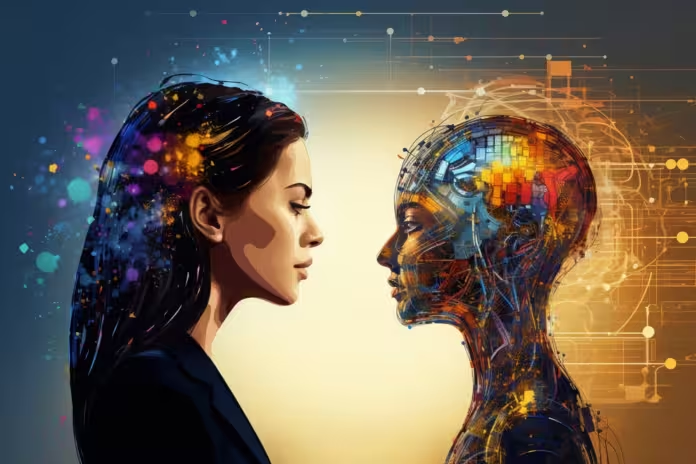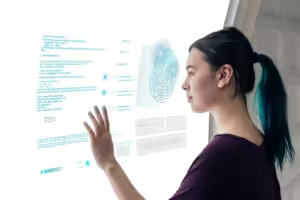Technology today is snowballing and the relationship between machines and humans is getting deeper. More precise ways of deepening that relationship are explored. There needs to be better ways through which computers understand human language, such a process has been termed as natural language processing. Let’s look at how natural language processing connects the future of communication with the present.
What is Natural Language Processing (NLP)?
Natural language processing is a field that bridges the gap between human language and computer understanding. Natural Language Processing refers to the ability of computers to understand, interpret, and respond to human language in a meaningful and useful way. By combining computational linguistics with machine learning and artificial intelligence, NLP enables machines to process and analyze large amounts of natural language data. This capability opens a world of possibilities, from improving customer service to enhancing personal assistants like Siri and Alexa.
The Impact on Communication
The integration of NLP in various applications has profoundly impacted how we communicate. One of the most notable advancements is in customer service. Chatbots and virtual assistants powered by NLP can understand and respond to customer inquiries in real time, providing efficient and accurate support. This not only improves customer satisfaction but also reduces the workload of human agents.
Moreover, NLP is transforming the way we search for information. Traditional keyword-based searches are being replaced by more sophisticated systems that understand the context and intent behind our queries. This means we can ask questions in natural language and receive more relevant and precise answers. For instance, instead of typing “best Italian restaurants NYC,” we can now ask, “Where can I find the best Italian food in New York City?” and get results that are tailored to our needs.
Applications in Various Industries
NLP is making waves across multiple industries. In healthcare, it helps in analyzing patient records and research papers to provide better diagnoses and treatment plans. Financial institutions use NLP to monitor and analyze market trends, sentiment analysis, and even detect fraudulent activities. In education, NLP-powered tools assist in grading and providing personalized learning experiences, enhancing the overall quality of education.
The Future of Natural Language Processing
The future of NLP looks promising, with advancements in deep learning and neural networks leading the way. As these technologies evolve, we can expect even more sophisticated language models capable of understanding nuances, emotions, and cultural contexts. This will further enhance human-machine interaction, making it almost indistinguishable from human-to-human communication.
One of the most exciting prospects is the potential for NLP to break down language barriers. Real-time translation tools are becoming more accurate, allowing people from different linguistic backgrounds to communicate seamlessly. This can foster greater collaboration and understanding on a global scale.
Conclusion:
Natural Language Processing is undeniably the future of communication. Its ability to make human-machine interactions more natural and intuitive is transforming various aspects of our lives. From customer service to healthcare, education to finance, the impact of NLP is profound and far-reaching. As technology continues to advance, we can look forward to a world where communication barriers are broken, and understanding between humans and machines reaches new heights.
Also read:
Understanding the Possibility of AI Taking Over Humans


